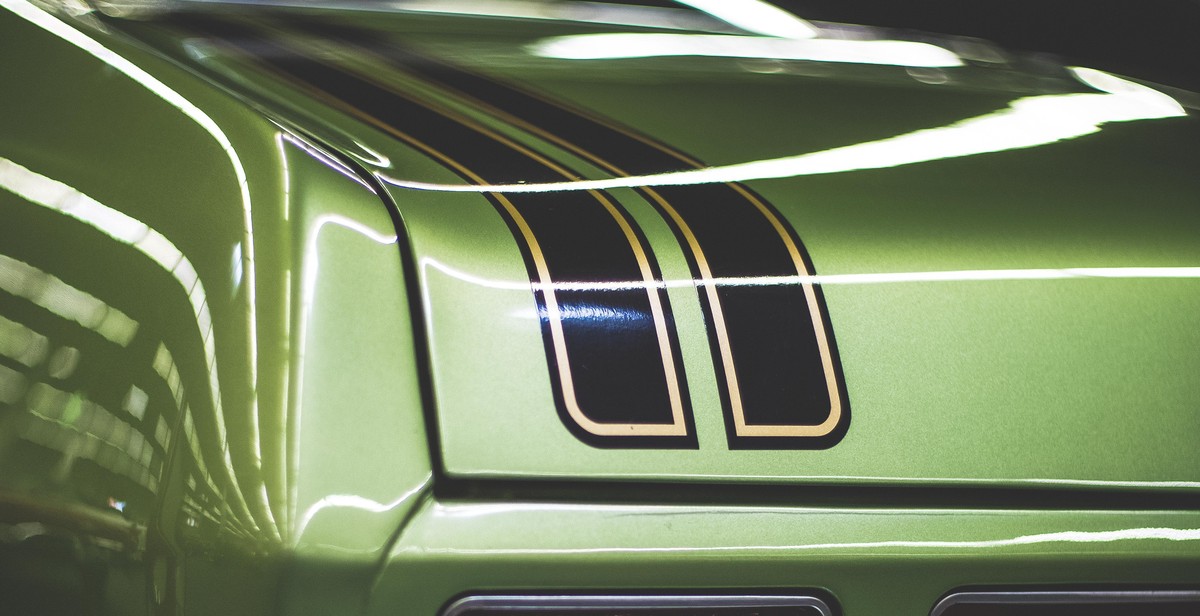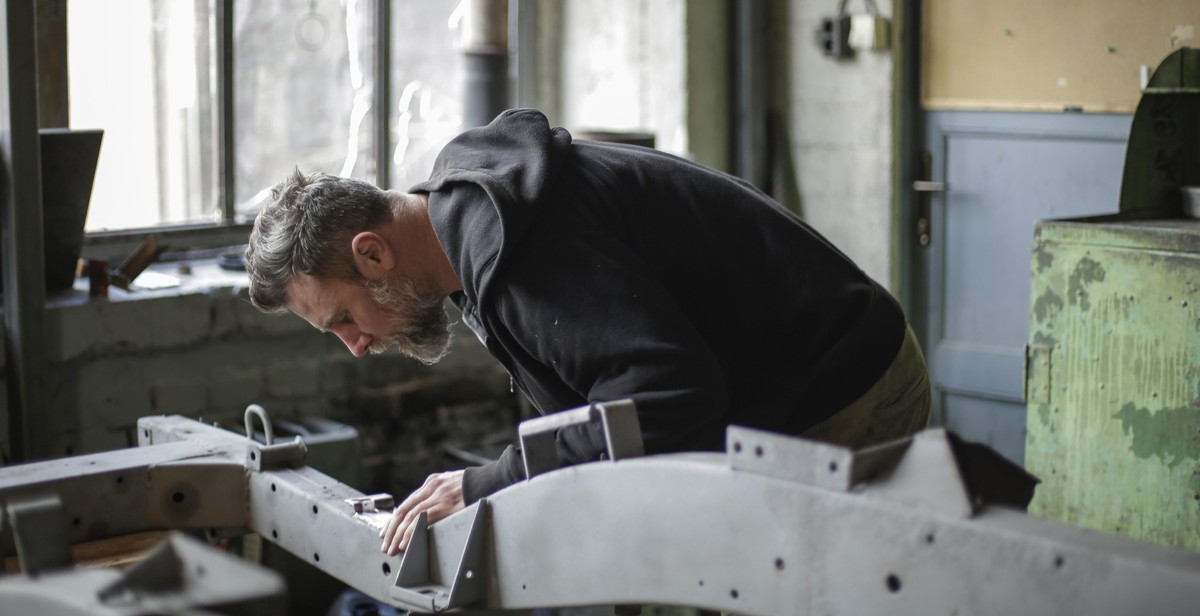Introduction
Oldtimer cars, also known as classic cars, vintage cars, or antique cars, are vehicles that are typically more than 20 years old. These cars are not just vehicles; they are a piece of history and a symbol of a bygone era. Owning an oldtimer car is a dream come true for many car enthusiasts, but it requires a significant investment. It is crucial to conduct a pre-purchase inspection before buying an oldtimer car to ensure that you are getting a car that is worth your investment.
What are Oldtimer Cars?
Oldtimer cars are not just any old cars; they are vehicles that have stood the test of time and have become valuable due to their rarity, historical significance, and unique design. These cars are sought after by collectors, museums, and enthusiasts who appreciate their beauty and historical significance. Oldtimer cars are not just a mode of transportation; they are a piece of art, a symbol of a particular era, and a connection to the past.
Why Conduct a Pre-Purchase Inspection?
Conducting a pre-purchase inspection is essential when buying an oldtimer car because these cars have unique features and are often not in perfect condition. A pre-purchase inspection will help you identify any hidden problems that may not be apparent to the untrained eye. The inspection will also give you an idea of the car’s value and help you negotiate a fair price. It is crucial to have the inspection done by a qualified mechanic who has experience working with oldtimer cars.
What to Expect During a Pre-Purchase Inspection?
A pre-purchase inspection typically includes an examination of the car’s body, engine, transmission, suspension, brakes, and electrical system. The mechanic will also check for rust, leaks, and signs of previous accidents. The inspection may also include a test drive to check for any issues with the car’s performance. After the inspection, the mechanic will provide a detailed report outlining any problems found and an estimate of the cost to fix them.
In conclusion, buying an oldtimer car is a significant investment, and it is essential to conduct a pre-purchase inspection to ensure that you are getting a car that is worth your money. A thorough inspection will help you identify any hidden problems and give you an idea of the car’s value, allowing you to negotiate a fair price and make an informed decision.

Why Conduct Pre-Purchase Inspections for Oldtimer Cars?
Oldtimer cars are a great investment for car enthusiasts and collectors. However, buying an oldtimer car can be a risky venture, especially if you are not familiar with the intricacies of classic cars. That’s why it’s essential to conduct a pre-purchase inspection before making a purchase. Here are some reasons why:
Avoiding Costly Repairs
Oldtimer cars are often sold as-is, which means that the seller is not responsible for any repairs or damages that may arise after the sale. Conducting a pre-purchase inspection can help you identify any potential issues with the car before you make a purchase. This way, you can negotiate a fair price or decide not to buy the car altogether if the repairs are too costly.
Some of the common issues that pre-purchase inspections can uncover include rust damage, engine problems, transmission issues, and electrical faults. These issues can be expensive to fix, and it’s better to know about them before you make a purchase.
Ensuring Safety
Oldtimer cars may not have the same safety features as modern cars, which means that they may not be as safe to drive. Conducting a pre-purchase inspection can help you identify any safety issues with the car, such as faulty brakes, worn-out tires, or a malfunctioning steering system.
Moreover, pre-purchase inspections can help you ensure that the car is roadworthy and meets the legal requirements for driving on public roads. It’s important to note that some classic cars may require special permits or inspections to be roadworthy, and a pre-purchase inspection can help you identify these requirements.
Overall, conducting a pre-purchase inspection is essential when buying an oldtimer car. It can help you avoid costly repairs and ensure that the car is safe and roadworthy. Make sure to hire a professional inspector who has experience with classic cars to get an accurate assessment of the car’s condition.
Choosing a Pre-Purchase Inspector
When it comes to choosing a pre-purchase inspector for your oldtimer car, it is important to consider several factors to ensure that you get the best possible service. Here are some of the key factors to consider:
Experience and Qualifications
One of the most important factors to consider when choosing a pre-purchase inspector is their level of experience and qualifications. Look for inspectors who have several years of experience in inspecting oldtimer cars, as this indicates that they have a deep understanding of the unique challenges and issues that can arise with these vehicles. Additionally, make sure that the inspector has the necessary qualifications and certifications to perform the inspection, such as ASE certification or membership in a professional organization like the International Association of Automotive Engineers.
Specialization in Oldtimer Cars
Another important factor to consider is whether the inspector specializes in oldtimer cars. These vehicles require a different level of expertise and knowledge than modern cars, so it is important to choose an inspector who has experience working specifically with oldtimer cars. Look for inspectors who have a deep understanding of vintage car parts and systems, and who are familiar with the specific makes and models of oldtimer cars that you are interested in purchasing.
References and Reviews
Finally, it is important to check the inspector’s references and reviews before hiring them. Look for inspectors who have a track record of providing high-quality service and who have positive reviews from past clients. Ask the inspector for references and follow up with those clients to get a sense of their experience working with the inspector. Additionally, check online review sites like Yelp or Google Reviews to see what others have to say about the inspector’s services.
| Factor | Importance |
|---|---|
| Experience and Qualifications | High |
| Specialization in Oldtimer Cars | High |
| References and Reviews | High |
By considering these factors when choosing a pre-purchase inspector for your oldtimer car, you can ensure that you get the best possible service and make an informed decision about your purchase.

What to Expect During a Pre-Purchase Inspection
When conducting a pre-purchase inspection for an oldtimer car, it is important to thoroughly examine the vehicle to ensure that it is in good condition. Here are some key areas to focus on during the inspection:
Exterior Inspection
Begin by examining the exterior of the car. Look for any signs of rust, dents, or scratches. Check the body panels to ensure that they are aligned properly. Inspect the paint job to see if there are any areas where the paint is chipped or faded. Also, check the tires and wheels for wear and tear.
Interior Inspection
Next, move on to inspecting the interior of the car. Check the upholstery for any tears or stains. Test all of the electrical components, including the lights, radio, and air conditioning. Look for any signs of water damage, such as mold or mildew. Make sure that all of the doors and windows are functioning properly.
Engine and Mechanical Inspection
The engine and mechanical components are the most important parts of the car. Check the engine for any leaks or unusual noises. Look for signs of wear and tear on the belts and hoses. Check the fluid levels and inspect the brakes and suspension. If possible, take the car to a mechanic for a more detailed inspection.
Test Drive
Finally, take the car for a test drive. Pay attention to how the car handles, accelerates, and brakes. Listen for any unusual noises. Test the clutch and transmission. Make sure that the car is comfortable to drive and that all of the controls are working properly.
By thoroughly inspecting the exterior, interior, engine and mechanical components, and taking the car for a test drive, you can ensure that you are making a wise investment in an oldtimer car that is in good condition.
Common Issues Found During Pre-Purchase Inspections
Rust and Corrosion
Rust and corrosion are two of the most common issues found during pre-purchase inspections of oldtimer cars. These issues can be caused by a variety of factors including exposure to moisture and salt, poor maintenance, and age. Rust and corrosion can affect different parts of the car including the body, frame, undercarriage, and engine compartment.
During the inspection, the inspector will look for signs of rust and corrosion such as bubbling paint, discoloration, and pitting. They will also check the condition of the metal to see if it is weakened or structurally compromised. If rust and corrosion are found, the inspector will recommend repairs or replacement of the affected parts.
Electrical Issues
Electrical issues are another common problem found during pre-purchase inspections. These issues can be caused by a variety of factors including faulty wiring, worn-out components, and poor maintenance. Electrical issues can affect different parts of the car including the battery, alternator, starter, and lights.
During the inspection, the inspector will check the condition of the electrical components and wiring. They will also test the battery and alternator to ensure they are functioning properly. If any electrical issues are found, the inspector will recommend repairs or replacement of the affected parts.
Mechanical Wear and Tear
Mechanical wear and tear is another common issue found during pre-purchase inspections. This can be caused by a variety of factors including age, poor maintenance, and heavy use. Mechanical wear and tear can affect different parts of the car including the engine, transmission, suspension, and brakes.
During the inspection, the inspector will check the condition of the mechanical components and look for signs of wear and tear such as leaks, cracks, and worn-out parts. They will also test the engine, transmission, suspension, and brakes to ensure they are functioning properly. If any mechanical issues are found, the inspector will recommend repairs or replacement of the affected parts.
| Issue | Cause | Parts Affected |
|---|---|---|
| Rust and Corrosion | Exposure to moisture and salt, poor maintenance, age | Body, frame, undercarriage, engine compartment |
| Electrical Issues | Faulty wiring, worn-out components, poor maintenance | Battery, alternator, starter, lights |
| Mechanical Wear and Tear | Age, poor maintenance, heavy use | Engine, transmission, suspension, brakes |

Conclusion
Conducting a pre-purchase inspection for an oldtimer car is a crucial step in ensuring that you make a wise investment. By following the steps outlined in this article, you can avoid costly mistakes and identify potential issues before making a purchase.
Key Takeaways
- Pre-purchase inspections should be conducted by a qualified mechanic or inspector
- Inspections should include a thorough examination of the car’s exterior, interior, and mechanical components
- Documentation and history of the car should be reviewed to ensure authenticity and proper maintenance
- A test drive should be conducted to evaluate the car’s performance and handling
Final Thoughts
Investing in an oldtimer car can be a rewarding experience, but it is important to approach the process with caution and diligence. By conducting a pre-purchase inspection and thoroughly evaluating the car’s condition, you can make an informed decision and enjoy your new investment for years to come.
| Step | Summary |
|---|---|
| Step 1 | Find a qualified inspector or mechanic |
| Step 2 | Examine the car’s exterior, interior, and mechanical components |
| Step 3 | Review documentation and history of the car |
| Step 4 | Conduct a test drive |
